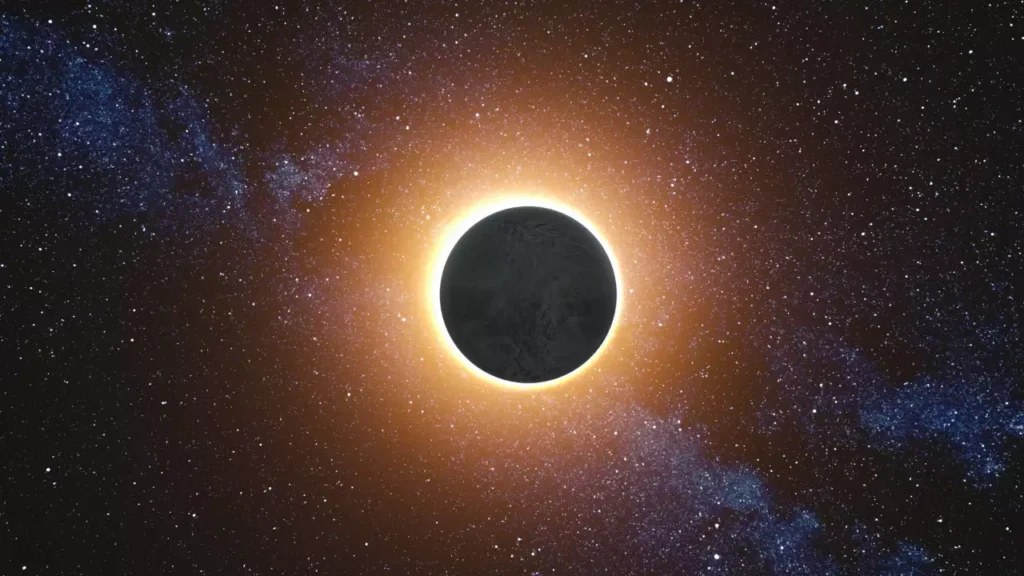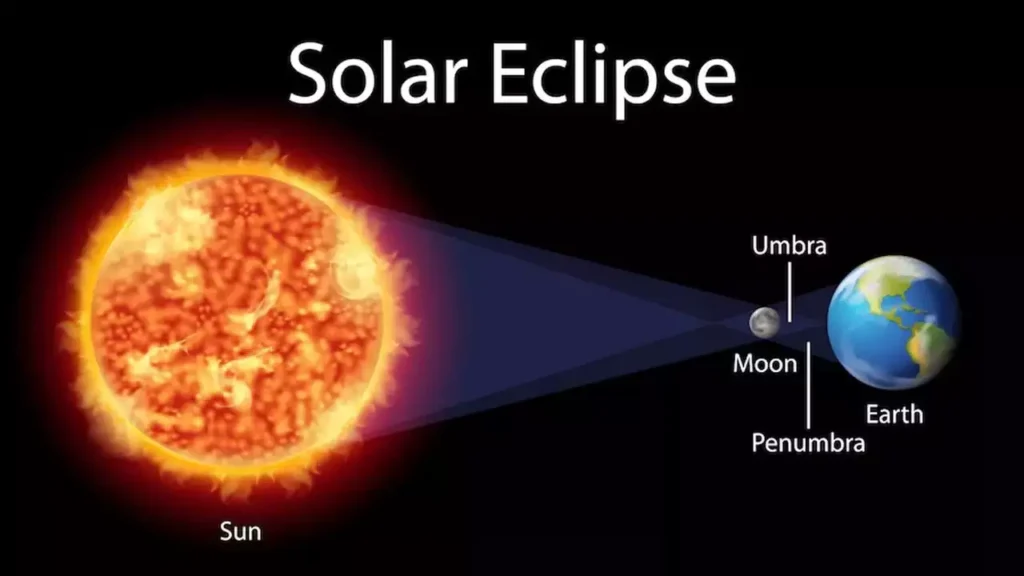Experience the solar eclipse in April 2024 and learn how to use your smartphone or camera to take amazing pictures. For best viewing, safeguard your equipment and eyes.

When a solar eclipse, for example, occurs naturally, it happens slowly and leaves viewers spellbound by its magnificence. There will only be one more opportunity to see the sun and moon in all their power when they eclipse in April 2024. Experts advise against trying to view an eclipse without assistance, but what if your smartphone could act as your eye and take pictures for you? That’s correct; smartphone cameras have advanced to the point where it is now possible to capture a solar eclipse. Sure, there are significant challenges, but nothing that a few professional pointers can’t help you overcome to achieve the best results.
What We Know About the April 2024 Solar Eclipse
The majority of people living in Northern America will be able to witness the solar eclipse on April 8, 2024, but at least some people throughout the world will get to see it. The main position will take place for slightly more than 4 minutes, which is enough time for people to take some pictures, but the entire event will take place over the course of 4 hours, beginning late on Monday night at 9:00 PM IST. To get the best photos of the solar eclipse in April 2024, use these tips.
Use Eye and Gear Protection
When a solar eclipse was occurring, do you remember your parents telling you to stay inside? In light of the fact that UV radiation from solar eclipses can damage skin and eyes, it appears that they were correct. Therefore, make sure to wear sunscreen, polarized sunglasses, and, if at all possible, completely cover up.
Your phone’s and DSLR/mirrorless camera’s camera sensors may get harmed while recording a solar eclipse, just like your eyes could. Thus, at the very least, make sure that your lens is protected from UV rays. Wearing sunglasses allows you to create a homemade UV shield. Simply aim your smartphone’s lens through the glasses, then press the shutter.
A solar eclipse: what is it?
When the Moon moves in front of the Earth and the Sun, it can completely or partially block the Sun’s light, a phenomenon known as a solar eclipse.

An area of the moon that completely obscures the sun creates a shadow on Earth known as a “path of totality.” This path traverses the surface as a comparatively narrow band. If the clouds and weather align, people standing inside this band can see a total solar eclipse. The sky will grow gloomy, resembling dawn or dusk, when the moon fully obscures the sun in its path of totality.
A portion of the eclipse will be visible to everyone, not on the path of totality or that line. Depending on how far the moon obscures the sun in their location, the sky will appear slightly darker to them than it did before the eclipse.
Date and Time of the Total Solar Eclipse
April 8 is the date of the 2024 total solar eclipse. Over a distance of 185 kilometers, viewers will be able to witness totality—the complete darkening of the sky—between the US, Canada, and Mexico. It will be viewed in as many as eighteen US states. But Indian skywatchers won’t be able to see it. Hi,
The total solar eclipse is scheduled to commence at 9:12 p.m. on April 8, reach totality at 10:08 p.m., and conclude at 2:22 a.m. on April 9, 2024, in accordance with Indian Standard Time (IST). At approximately 11:07 am PDT, the Pacific coast of Mexico will be the first to experience totality, and the phenomenon will depart Maine at approximately 1:30 pm PDT.
Duration of the Total Solar Eclipse
While totality will only last for approximately 4 minutes, the entire event will take roughly two and a half hours. According to NASA, during the period of complete darkness, the peak show could endure up to 4 minutes and 27 seconds.
“As per the Great American Eclipse, on August 21, 2017, the duration of totality will be nearly twice as long, up to 4 minutes and 27 seconds.” The majority of locations along the path of totality, or the centerline, will experience totality for three to four minutes.
How Can I Watch a Total Solar Eclipse Online?
If you are unable to see the solar eclipse in person, you can watch the live feed from NASA. Beginning on April 8 at 5:00 p.m. GMT (10:30 p.m. IST), the space agency will broadcast live until 8:00 p.m. GMT (1:30 a.m. IST).
In addition, NASA will be conducting expert conversations and offering telescope views of the eclipse from various locations along the eclipse path during the broadcast.
On April 8, a solar #eclipse will cross Central and North America, and you can @DoNASAScience while it does.
— NASA (@NASA) March 17, 2024
From observing changes in animal behavior to recording temperature changes, we have several projects anybody with a smartphone can take part in: https://t.co/9QG6oNX8vs pic.twitter.com/HCkEfUv0dU
ALSO READ:
India Launches Ather Rizta Electric Scooter, Costing Rs. 1.10 Lakh
Introducing Toyota’s Taisor SUV: Turbo, E-CNG, Premium Design
Best Phones To Be Launched In April 2024: Motorola Edge 50 Pro, Realme 12x 5G, And More
The OnePlus Nord CE 4 Price Has Been Leaked Ahead Of Its Launch: Check Out The Details Here.